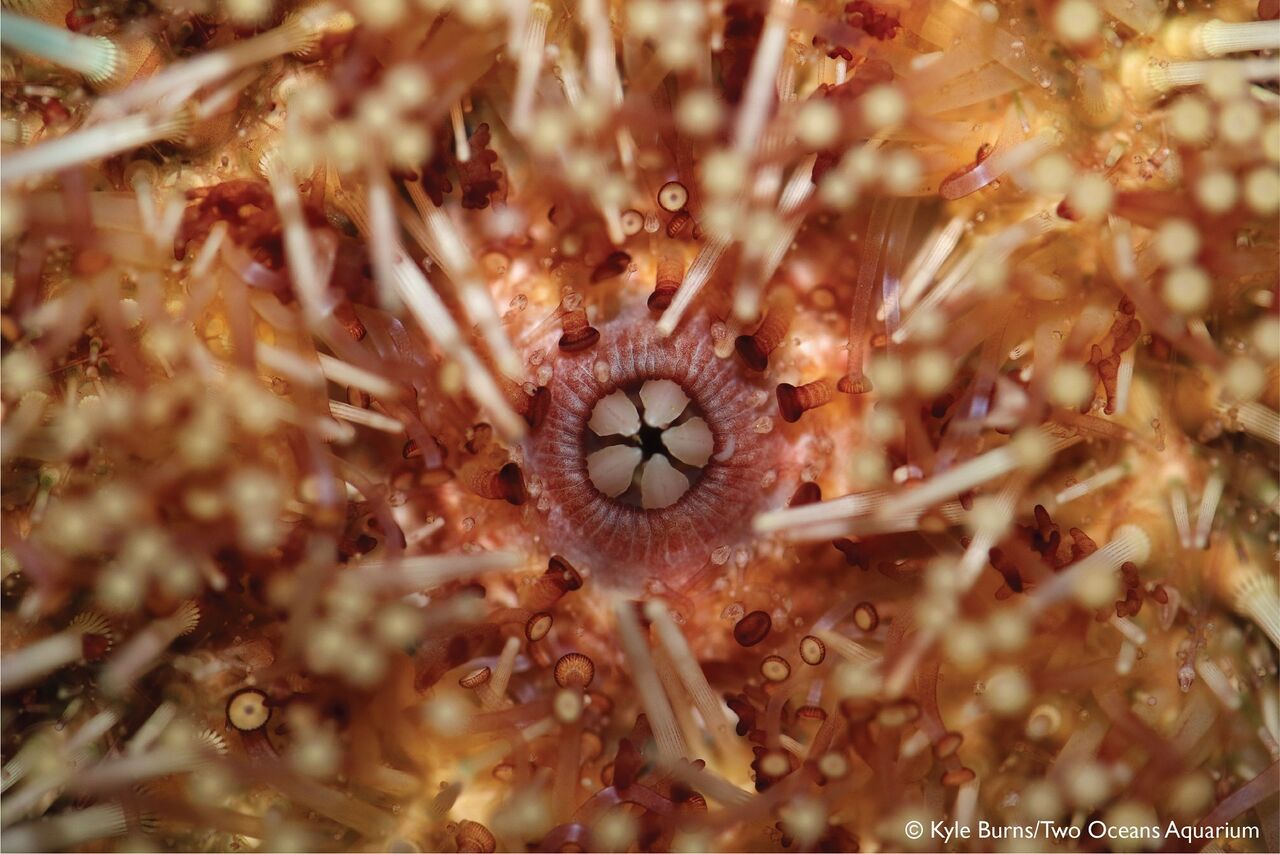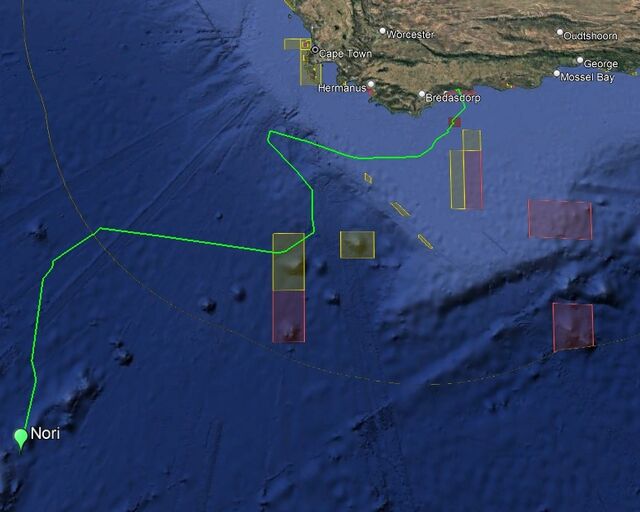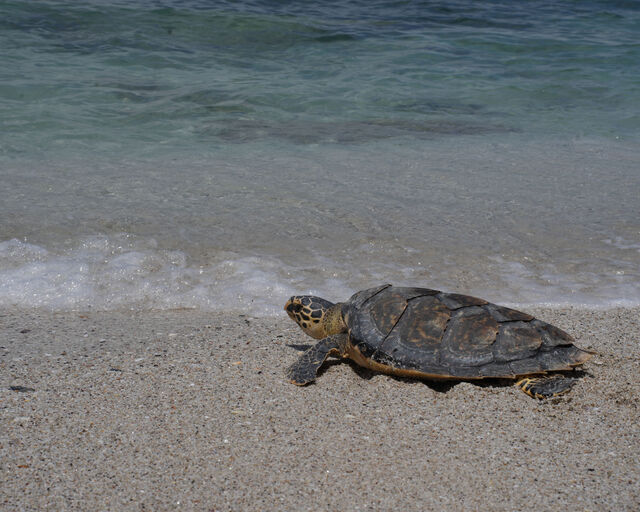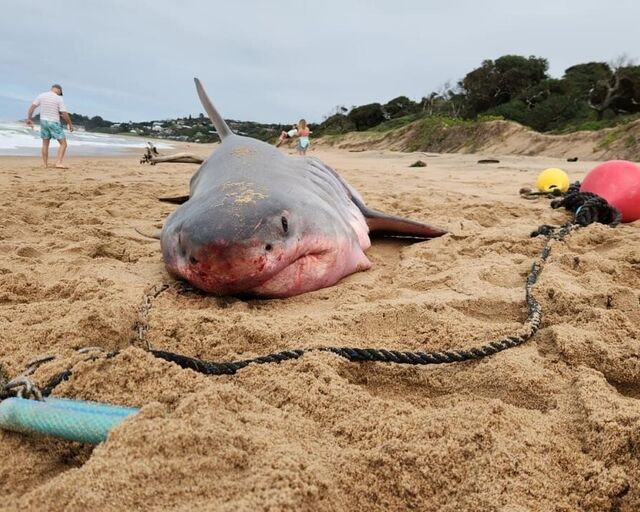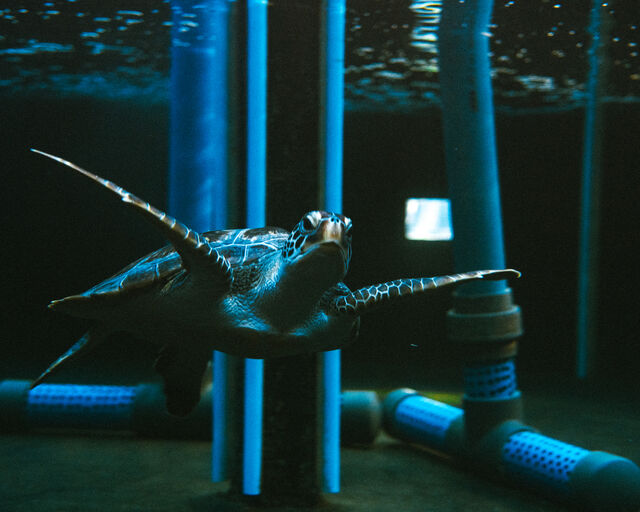Sea urchins are amazing animals - it's a pity they don't get as much love as they deserve. We took a closer look at some of the urchins that live in the Two Oceans Aquarium to reveal the tiny curiosities and incredible intricacies of these prickly echinoderms - close relatives of sea stars and sea cucumbers.
Tiny feet
Sea urchins' bodies are covered in tube feet, small tentacles with a suction cup-like end that they can extend beyond their spines to move themselves along the sea floor, climb obstacles and even roll themselves over with if they are flipped. The tube feet are entirely hydraulic, with the urchin pumping water in and out of them to extend or retract the feet.
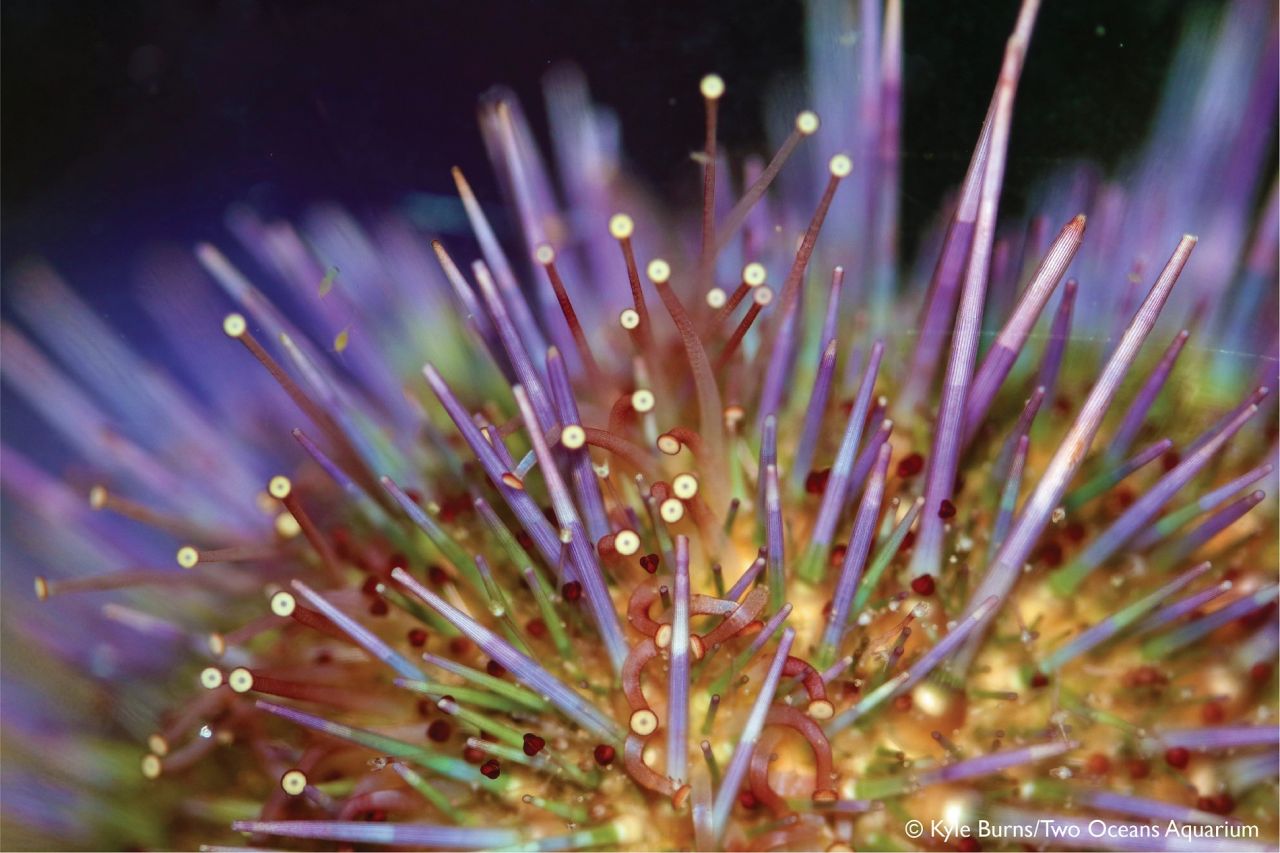
These tube feet are also the lungs of the urchin, and are a major stage of the water vascular system that all urchins rely on to absorb oxygen for respiration and calcium carbonate to build their shells.
Starfish, sea urchins and sea cucumbers all have tube feet, but use them in vastly different ways. Be sure to visit these wonderful creatures in our Skretting Diversity Gallery.
The suction cups on the ends of the tube feet are called podia, and urchins are able to manipulate these to sense the chemicals in their surroundings and grab items they think might be useful, such as food or a handy piece of rock they can carry around as additional armour.
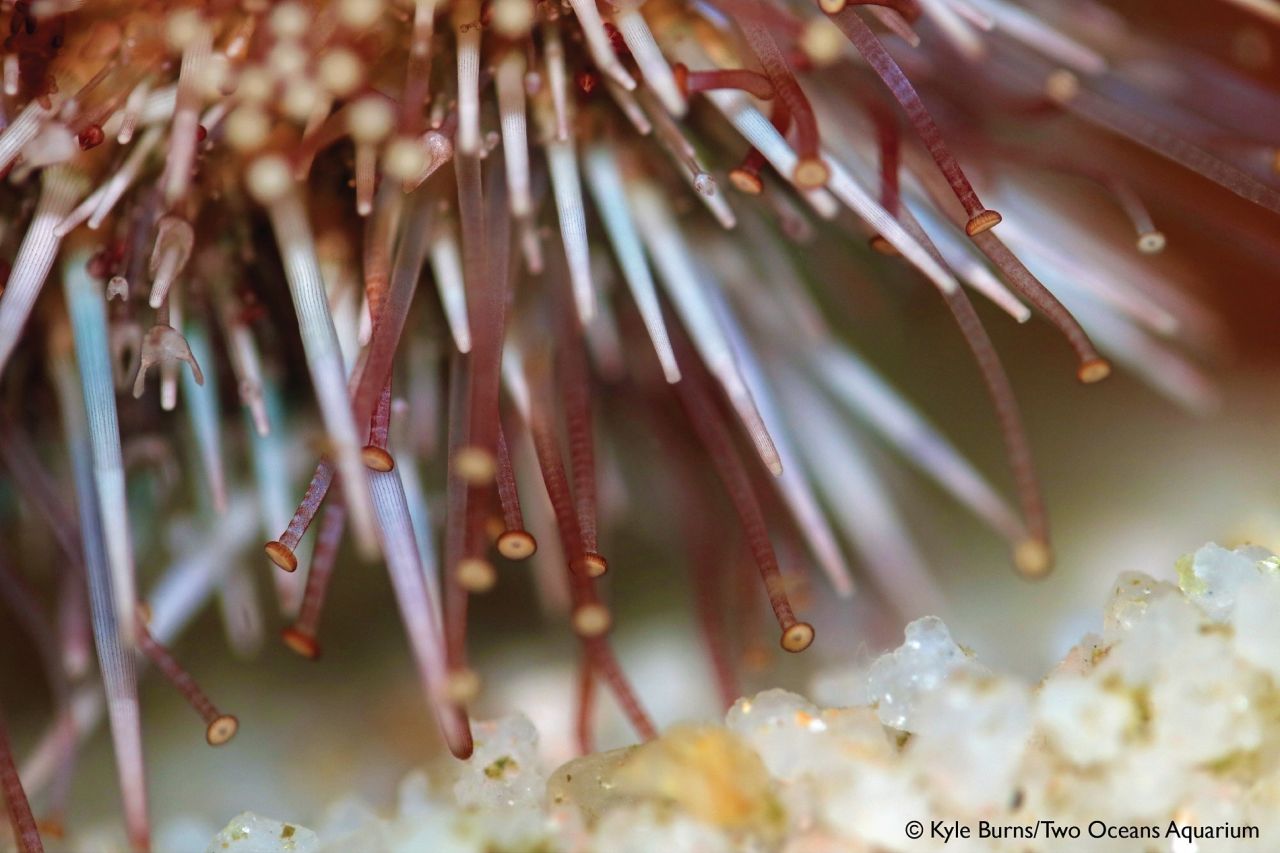
Teeth
In the middle of the bottom of a sea urchin lies the mouth, with five strong teeth known as pyramids. These teeth are connected to a series of complex muscles that allow the urchin to chew, grind, grasp, scape and tear, and are so strong that several species are even able to burrow into rocks with their teeth.
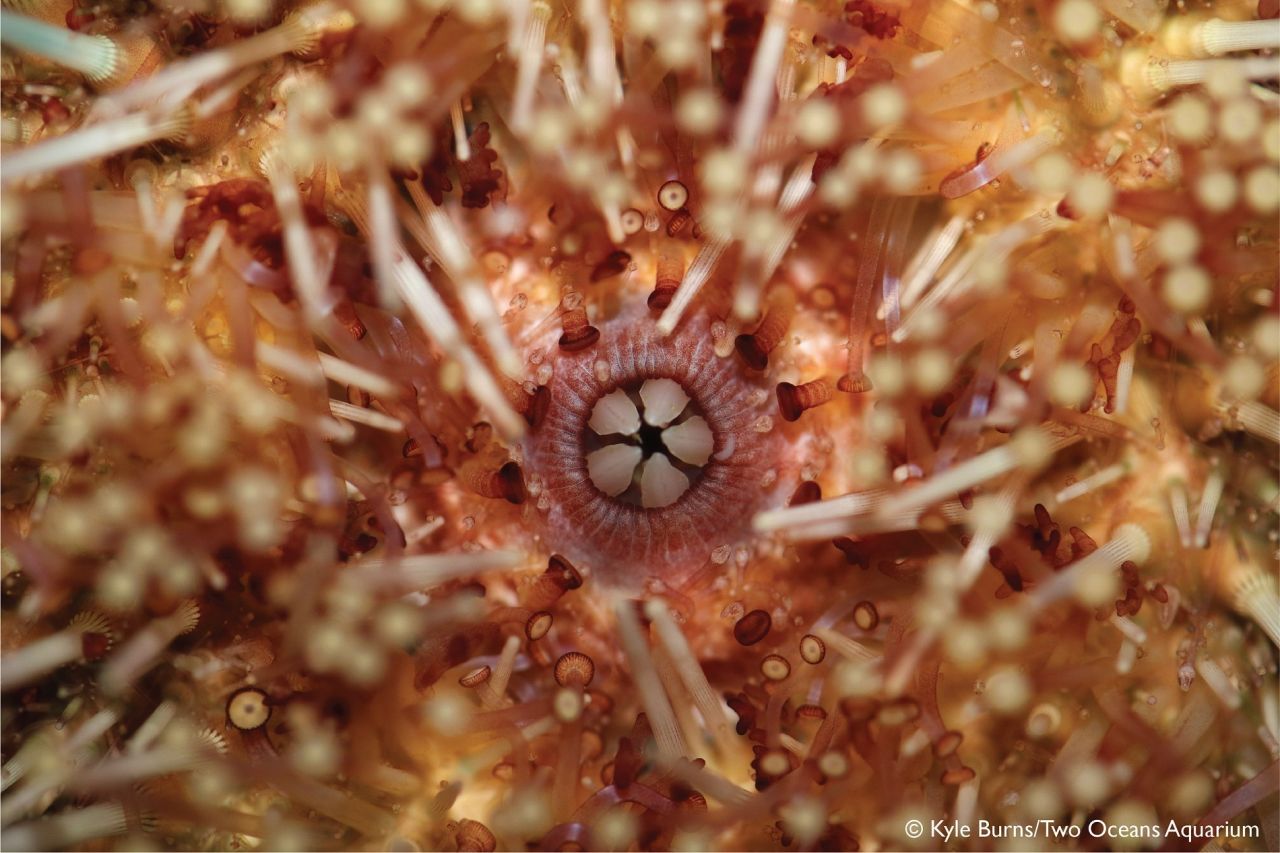
The whole structure of a sea urchin's mouth is called an Aristotle's Lantern, in honour of the philosopher who was one of the first people to write about sea urchin anatomy. Although powerful and fearsome looking, urchins primarily use their mouths to feed on seaweed and other algae.
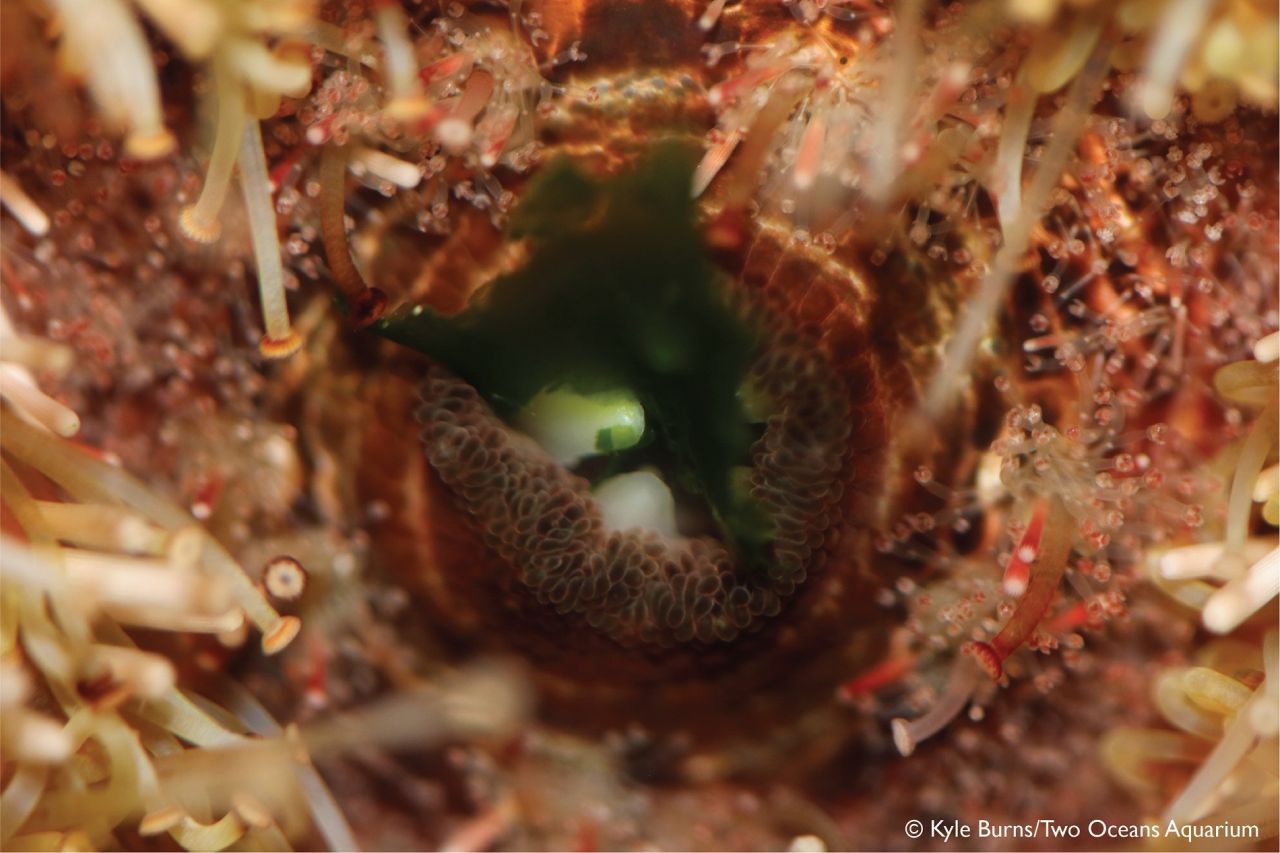
Sieve plate
Echinoderms, like sea stars and urchins, have a porous patch somewhere close to their anus called the "sieve plate" or "madreporite", which refers to a surface covered by many small openings. Although these animals have many other openings that take in water, the sieve plates are very important for all echinoderms as they transport and filter water for the animal's central water vascular system.
The water vascular system controls all the hydraulic organs of the urchin - allowing them to breathe, eat, move around, and even poop. All echinoderms have this type of open circulatory system, which means that the inside of their bodies are open to the seawater around them. This is why they take water in through the sieve plate and, by maintaining their internal water pressure, they are able to create something similar to a small water current inside their bodies – pretty cool for animals without brains!
Armour plates
The image below shows the hidden complexity of a sea urchin's shell, called a "test". The test of the urchin is divided into five segments - you can see the blue lines (illuminated by a camera flash) radiating away from the dark anus. These segments are each formed by the fusing of four plates, giving the urchin 20 armoured plates in total.
Urchins aren't the only Aquarium animals with full body armour - take a look at the unusual armour of these crabs.
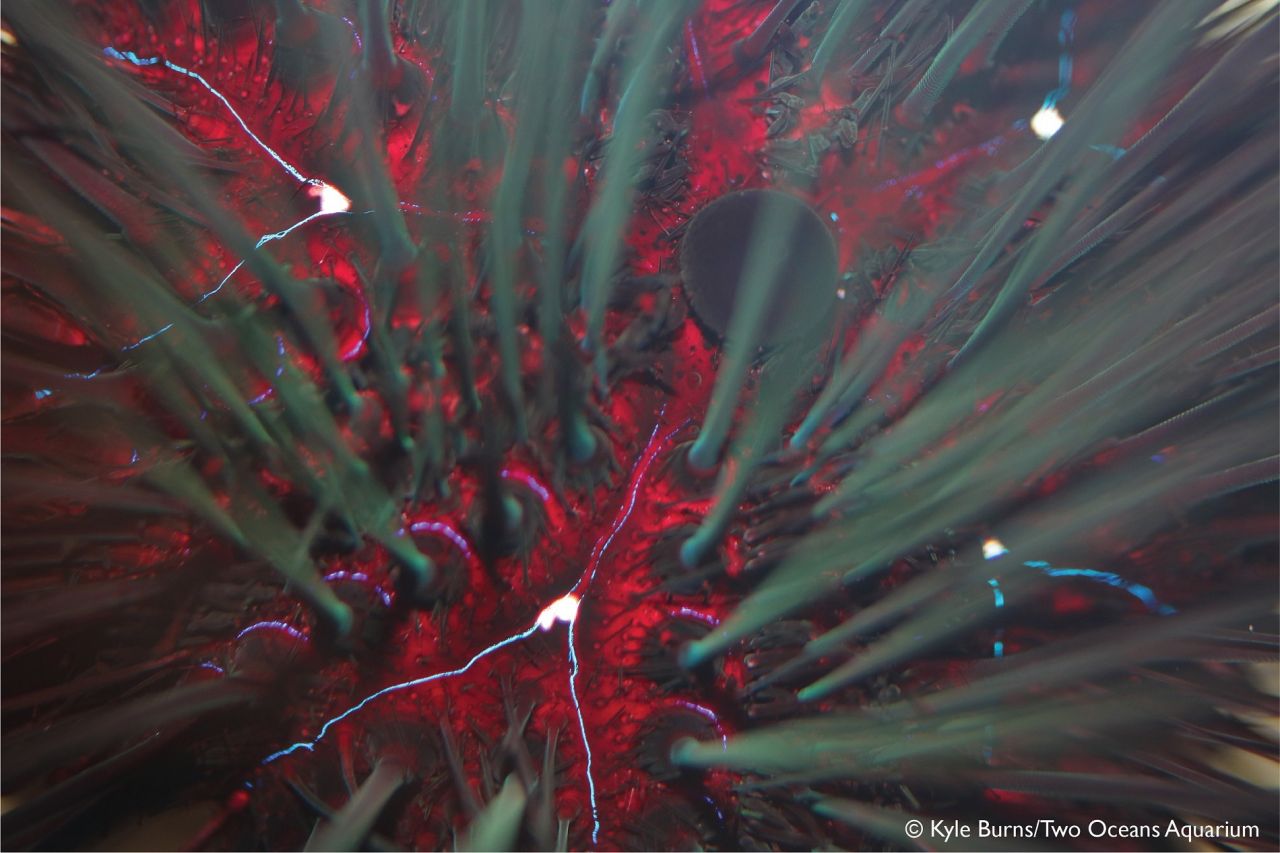
Lips
Look at those luscious lips! Sea urchins' mouths are surrounded by soft lips. These soft lips contain small pieces of bone, and protect the five gill openings around the mouth from damage while the urchin is eating. The lips are also surrounded by several smaller tube feet which have the sole function of funnelling food morsels into the mouth.
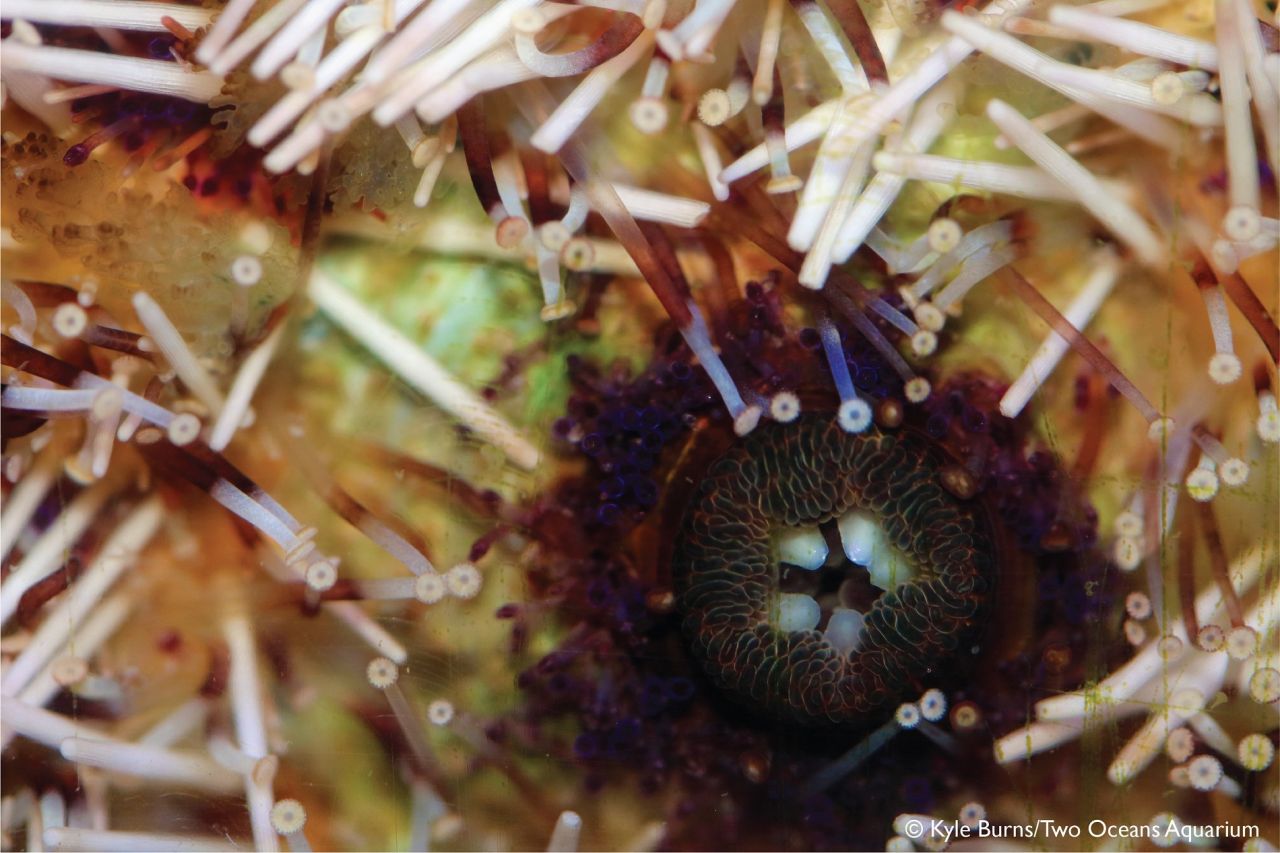
Spines
Last but not least, sea urchins are famous for possessing coats of sharp spines, of all sorts of thicknesses, lengths and strength - some are even venomous! Most remarkably, these spines are each attached to the urchin by a ball joint, allowing them to be pointed in any direction. If an urchin is touched unexpectedly, all spines will reorient themselves to point towards the source of touch.
The resilience of sea urchins makes them well suited to South Africa's diverse ocean habitats, like our unique kelp forests.
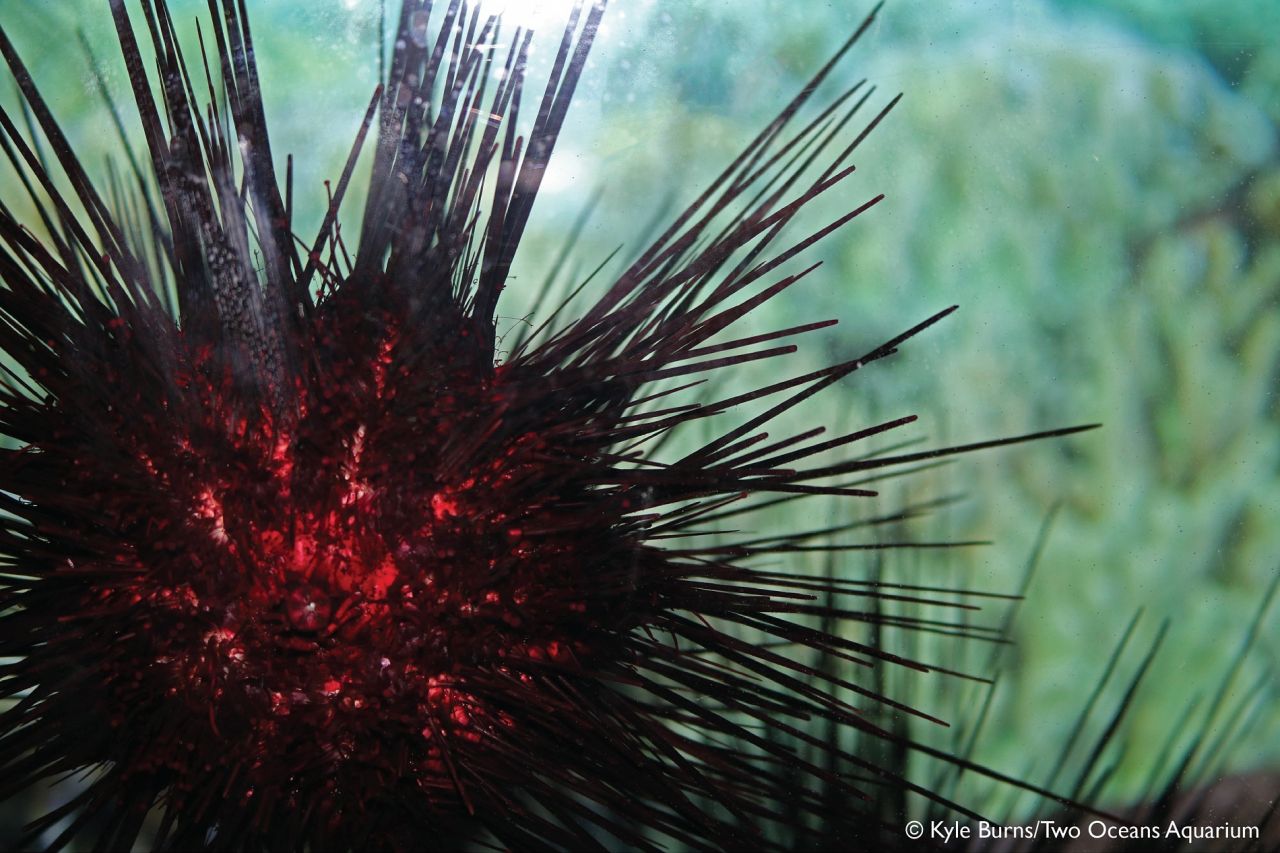
But these spines are not only for protection, they are also for navigation. Sea urchins do not have eyes - in fact, they rely almost completely on the fact that the skin on their five armoured plates is light-sensitive enough to allow some vague navigation, like "seeing" a dark patch that could indicate a piece of seaweed or a sheltered cave to hide in. This low-resolution vision makes navigation very difficult for sea urchins, especially when there isn't much lighting contrast in their environment. By "pointing" their spines in one direction and slowly moving them, the urchin can become much more sensitive to the direction light is coming from - and this makes navigation easier for urchins that have longer spines.
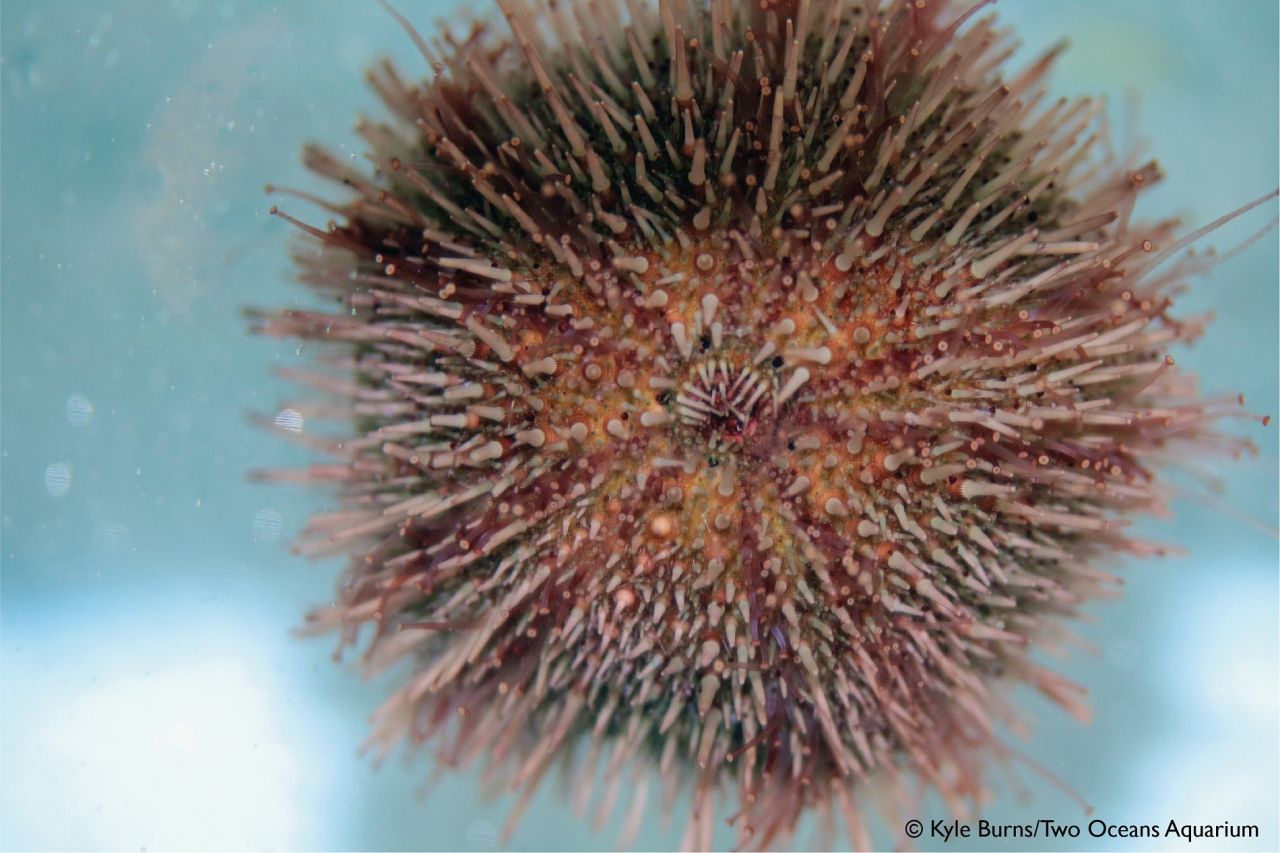
If you're searching for urchins, be sure to pay ours a visit!
